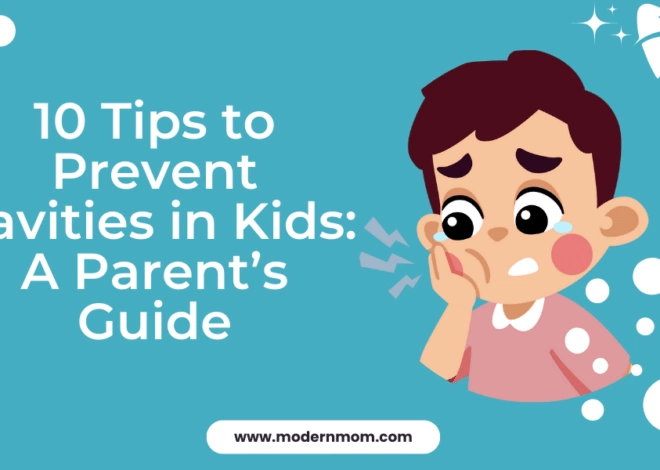Introducing whole foods to your children is an exciting time, and one that can likely start you down a road of wondering whether or not you are providing them with the right foods, at the right time. While parents share many similar questions and concerns surrounding food for their kids (especially if they’re picky eaters), it’s not as common to consider how to teach your kids mindful eating.
What is Mindful Eating?
Equally as important to the types of foods your children eat is the way they think about food and their relationship to food. This relationship is one that will last a lifetime, and is one that far too many adults have trouble with (especially women).
Mindful eating is the practice of cultivating an awareness around food and eating. It involves being present during our meals and snacks, paying attention to how foods affect us physically, mentally and emotionally, and finding joy in eating. Kids have such a natural curiosity and interest in foods, so getting them started early in this practice is truly beneficial to their lifelong relationship with eating.
Studies show that a shockingly high percentage of children in grades 3-6 admit to being unhappy with their bodies and wanting to lose weight. While these feelings are not 100% attributed to attitudes towards food learned in the home (the media and other factors play a role), it’s important for parents to encourage mindful eating in an attempt to get their kids started with healthy eating patterns, thoughts and feelings.
8 Ways to Teach Your Kids Mindful Eating
Here are 8 practical ways to encourage mindful eating with your kids, from babies to teens:
1: Respect Their Choices and Preferences
Just like adults, kids have their own food preferences that will likely develop and change as they grow. Picky eaters can be frustrating, but they will often grow out of this in their own time, and pressuring them to eat foods they clearly don’t like can create negative feelings around meal times. Continue offering foods, but respect your child’s right not to eat it.
2: You Choose Which Foods and When, They Choose How Much
As the parent, you hold the responsibility of choosing and offering healthy food options, as well as choosing when mealtimes are instead of grazing and snacking throughout the day. Allowing your child to decide how much she/he wants to eat or if she wants to eat at designated meal times let’s them assess their own hunger and desire for food. Pressuring them to eat when they insist they aren’t hungry can go against mindful eating practices. Not as easy as it sounds, but try adjusting this rule for your family.
3: Cook With Your Kids
Involving your kiddos in meal prep and cooking is an excellent way to get them excited about food and eating. This can include anything from grocery shopping to washing and mixing foods, and even to chopping when they get older. You can also ask for help setting the table and serving. Getting your kids to participate in the whole process of meal preparation can encourage them to find joy in the foods they eat, and even be excited to try new ones (try introducing new, healthy foods each week).
4: Turn Off All Electronics
Kids today are bombarded by technology, and often see adults eating while glued to their smartphone or tablet. Mindful eating teaches kids to focus on food at mealtimes, without TV or other distractions. This starts as early as the newborn days, when it’s a great practice to make nursing times a special time for mom/baby bonding, instead of swiping through your phone. Easier said than done, but definitely worth the effort.
5: Talk to Your Kids About Food
Talk to your young kids about the importance of healthy foods and why their growing body needs them. Explain that certain foods will help them grow big and strong, allow them to play for longer and to run faster. Instead of labelling foods as “good” and “bad,” help your kids understand why healthy foods are healthy.
6: Keep Dessert Out of It
Being rewarded for eating a healthy meal with an unhealthy food won’t help develop mindful eating. Instead, this practice of using food as reward will likely make your kids associate eating vegetables or things they don’t like with pain/discomfort, and eating sweet, sugary foods with joy and success. Instead, reward eating healthy foods with activities (or any other way that suits your family), and keep dessert an occasional treat that is not connected to eating meals.
7: Continue to Offer Healthy Foods
Experts say it can take 15-20 introductions of a new food for your child to try it, so be patient and offer a variety of healthy choices. Ask your child why they don’t like a food (taste, smell, texture?), and try switching up your cooking method for next time.
8: Be a Healthy Role Model
Last but certainly not least, be a role model of healthy eating for your kids. Children pick up on your beliefs and attitudes around foods more than you know, so let them seeing you eating a variety of healthy foods without judgment or labelling. Studies show that parental attitudes towards food and their bodies matter more-so than control over their kid’s diet.
Encouraging mindful eating can help your children develop a lifelong, healthy relationship with food. Try out these 8 tips and remember to be patient with your little ones, as mindfulness is learned over time with your love, acceptance and support.
About the Author:
David Ettenberg is the founder and director of Camp Shane,, with locations in New York, Arizona, California, Georgia, Texas and Wisconsin. He is a certified camp director, as well as a member of the New York State Camp Director’s Association. David is a recognized expert on weight loss camps and loved by thousands of parents and campers for his life-changing work of nearly 50 years.





